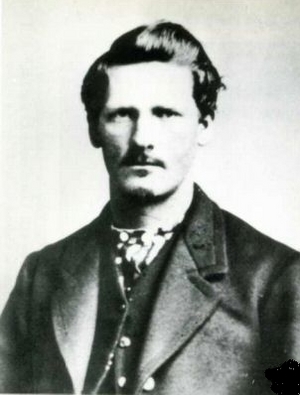So, you were an audiophile of the 80’s and 90’s. You have a bookcase full of cassette tapes, and a tripe deck tape player on your huge, ancient boom box. That’s great and all, but we live in the digital age, and cassettes no longer have a place. It’s hard to play them in a car, to find modern radios that support them, and you just get blank stares when trying to use them at the skating rink.
Or, perhaps the ribbons are getting thin. A fate that eventually befalls everything, old tapes will start to die, as the ribbons break down a little more with each play. Humidity or dry air both aid in the break down of the ribbon, ,and over time tiny holes appear where data used to be.
What is the solution for preserving the data, the original tracks, or irreplaceable recordings? Converting them into digital media, whether it be lossless .flac, higher quality WAV, or small file size .mp3.
No matter the file size, the first step is getting the data off the ribbon and onto a hard drive. While many assume this is a complicated task, it is not. Follow these simple steps, and you’ll be enjoying your cassettes from the convenience of an mp3 player in no time.
Step 1: Pick your tools. You will need something to copy the tape into a digital stream. This can be done in a large number of ways, each with their own advantage. Which you use will depend on your budget.
There are two options: the expensive option and the cheaper option. The more expensive option will result in the best audio possible, while the cheaper version won’t cost you $1500.
If you opt for the more expensive method, you will need a tape deck with a stereo out plug and a pre-amp sound system. If you don’t already own a pre-amp, you will need to purchase one – the prices will vary, but good ones run above $500.
If you opt for the cheaper method, you will need either a tape deck, or portable cassette player, and a stereo patch cord. This method offers good recording for about $20.
We’re going to cover the cheaper method in this article, for rarely is a cassette tape worth purchasing a $1500 sound system.
Go to your nearest Radio Shack, Walmart, or dollar store and purchase a cassette player – these usually run about $12. Then, go to your nearest electronics store and purchase a stereo path cable. This is a thin cable that has a 3.5mm jack on both sides, and is usually priced at approx. $5.
Step 2: Download copying software onto your computer. You will use this to copy the music stream onto your computer in a digital formate.
There are a number of digital sound records available. Good commercial options include players such as Total Recorder. Better options are always the free ones, and for free you can’t beat Audacity.
Audacity is a high-quality, free digital recorder. Download and install it onto your computer.
Step 3: Turn on your cassette player and stick the tape in. Be sure that it is rewound all the way before continuing. Plug the stereo cable into the headphone port on the player, and plug the player into the wall so the batteries don’t die half-way through a recording.
Plug the other end of the stereo cable into the ‘line-in’ port on the back of your computer. It is usually green in color, though it varies.
Step 4: Now you need to optimize the Audacity settings before recording. Go to Edit > Preferences and make sure channels is set to ‘two’ (stereo), otherwise your sound will be mono and flat.
Likely Page BreakNavigating to File, choose a the type of file you want to create. .mp3 is the best compressed version, but WAV tends to be higher quality. Second – choose a bitrate. The higher the bitrate, the larger the file size, and better sounding the audio. For this initial recording, make the bitrate higher (no lower than 256kbs). This will give you high quality original files. You can compress them later for portable versions.
Step 5: Test audio quality. This is to make sure you don’t end up with a screwed version. You will test the audio by making small recordings and listening to them with high-quality stereo headphones.
Turn on the cassette player and press Record on Audacity. Allow it to records 30 seconds or so, and then stop and save it.
Plug in high-quality stereo headphones to your computer. These don’t have to be expensive, but should be able to handle a nice deep bass and have a good frequency range. Koss sells a good pair of stereo headphones for $20.
If the audio sounds good, you can begin to record. If it doesn’t, however, start playing around with the audio settings in Audacity until it sounds right.
Step 6: Once everything is set up, record the cassette, press Record in Audacity, and let the entire tape play. Don’t pause it after each sound, this will result in funny cut sounds at the end of each song, and will take forever. Let the entire tape play.
Step 7: Cut each song out. Using Audacity’s selection tool, cut each song out and save it into a different, appropriately named file.
Step 8: Now that you are finished, you can burn them to a CD using software found on any computer, including Real Player, Windows Media Player, or any other software with burning capabilities.


